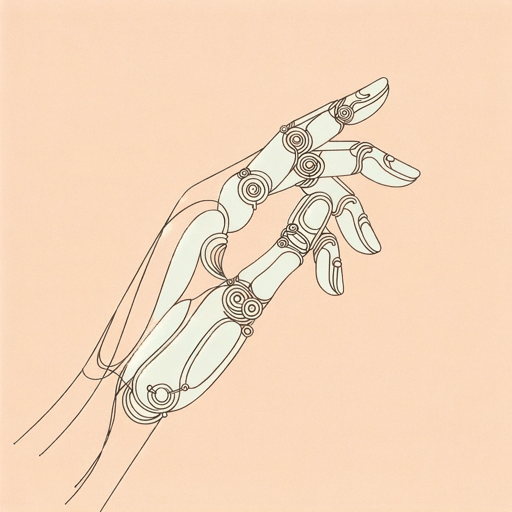70 pages • 2 hours read
Isaac AsimovI, Robot
Fiction | Novel | Adult | Published in 1950A modern alternative to SparkNotes and CliffsNotes, SuperSummary offers high-quality Study Guides with detailed chapter summaries and analysis of major themes, characters, and more. For select classroom titles, we also provide Teaching Guides with discussion and quiz questions to prompt student engagement.
Themes
The Three Laws of Robotics
A major premise of the book is that robots will have to limit their behaviors to prevent harm to humans. To that end, the author posits the Three Laws of Robotics under which all robotic devices must behave. These laws create a form of ethics for machines, a system that derives from human mores yet holds older ethical systems up to the light of a higher standard.
All robots are designed, and their positronic minds are imbued, with unyielding respect for the Three Laws of Robotics. These Laws are meant to channel robot behavior along pathways that are safe to humans, never wasteful, and always useful.
The First Law states that “a robot may not injure a human being, or, through inaction, allow a human being to come to harm” (37). Robots are very strong and extremely intelligent, and their activity might easily cause damage; thus, the most important rule they must follow is to act in such a way that no one is injured or killed.
The Second Law says that “a robot must obey the orders given it by human beings except where such orders would conflict with the First Law” (37).
Related Titles
By Isaac Asimov
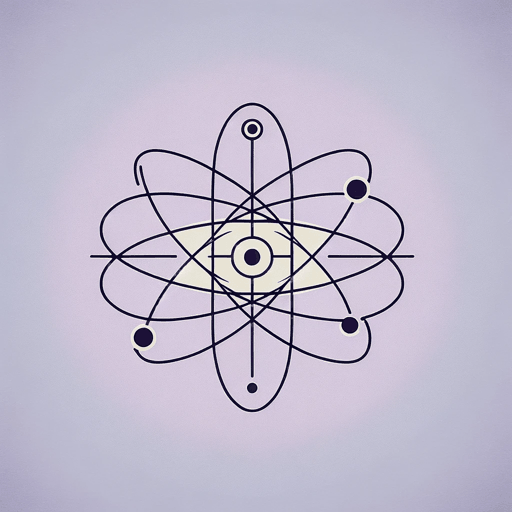
Foundation
Isaac Asimov

Foundation and Empire
Isaac Asimov

Rain, Rain, Go Away
Isaac Asimov
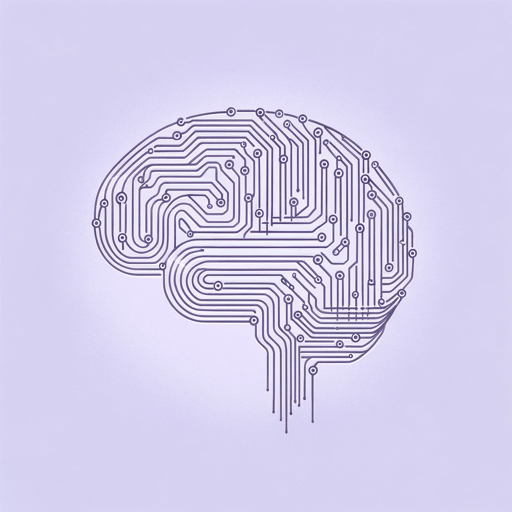
Robot Dreams
Isaac Asimov
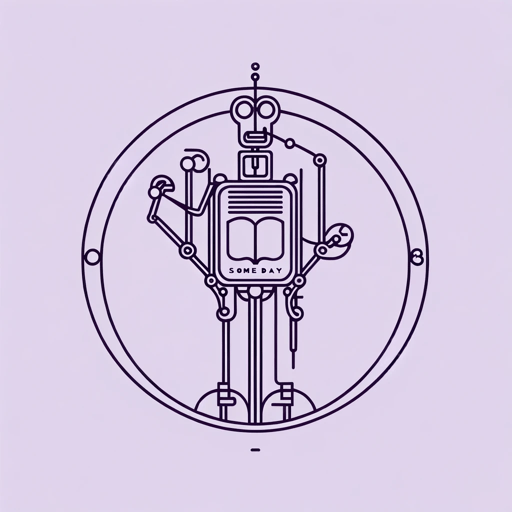
Someday
Isaac Asimov

The Caves of Steel
Isaac Asimov
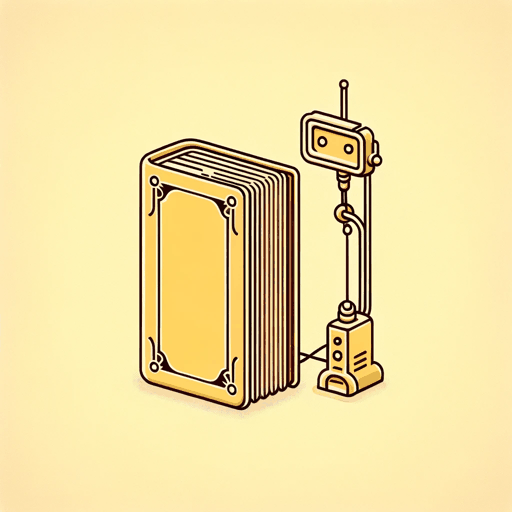
The Fun They Had
Isaac Asimov

The Gods Themselves
Isaac Asimov
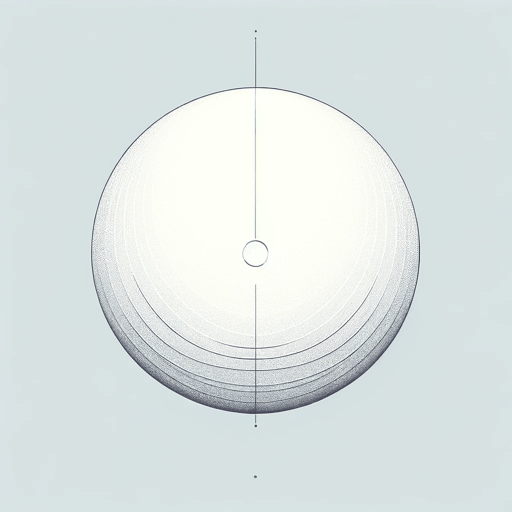
The Last Question
Isaac Asimov

The Ugly Little Boy
Isaac Asimov
